Basilica Cistern: Istanbul’s Submerged Palace
The Basilica Cistern, known in Turkish as Yerebatan Sarnıcı, is one of Istanbul’s most impressive architectural marvels. Built during the Byzantine era by order of Emperor Justinian I (527-565), this underground reservoir served as a water storage system for the Great Palace of Constantinople and other nearby buildings. Its beauty and sheer scale have earned it the nickname “The Submerged Palace,” making it a must-visit destination in the historic Sultanahmet area.
History and Purpose of the Cistern
The Basilica Cistern was designed to ensure a reliable water supply during sieges and droughts. It was constructed beneath the site of an ancient basilica, which gave it its name. Water was transported from the Belgrade Forest, located about 20 kilometers north of Istanbul, via the Valens and Hadrian Aqueducts. This hydraulic masterpiece could store up to 100,000 cubic meters of water, making it one of the largest cisterns of the empire.
Inside the Cistern
The Basilica Cistern covers an area of 140 by 70 meters, supported by 336 marble columns, each 9 meters tall, arranged in 12 rows of 28 columns. Many of these columns were repurposed from ancient temples and structures, featuring a variety of styles, including Doric, Ionic, and Corinthian. The dim lighting and shimmering reflections on the water create an atmospheric and mystical environment that captivates visitors.
Today, visitors can explore the cistern via wooden walkways that hover above the shallow water. Beneath these walkways, fish can be seen swimming, and coins tossed by tourists rest as symbols of good fortune. Until the late 20th century, tours were conducted via small boats, adding an extra layer of romance to the experience.
The Medusa Heads
One of the most intriguing features of the cistern is the two columns resting on bases carved with Medusa heads, figures from Greek mythology known for turning onlookers to stone. These heads are placed sideways and upside down, sparking numerous theories about their purpose. Some believe they were simply reused construction materials, while others suggest they serve a protective or symbolic function.
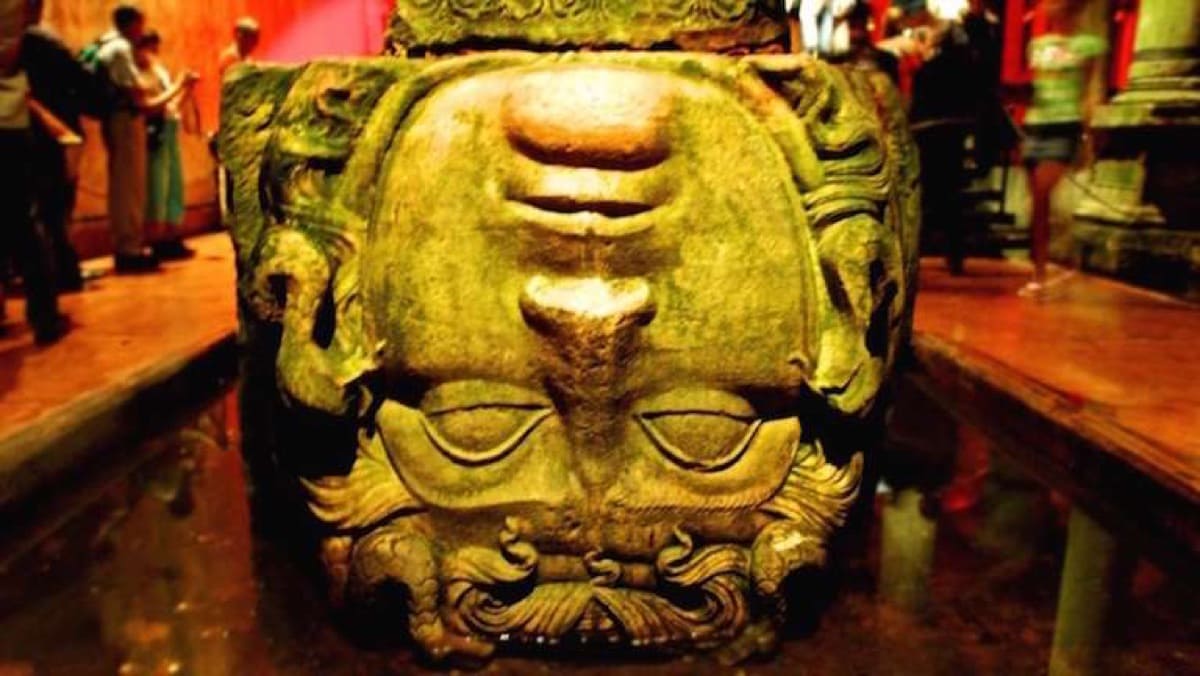
An Architectural Treasure
The Basilica Cistern stands as a testament to the advanced engineering skills of the Byzantine Empire. Its ability to collect and store vast amounts of water, combined with its aesthetic design, showcases the architects’ genius in blending functionality and beauty. The cistern remained in use for centuries, even after the Ottoman conquest, though its importance diminished with the advent of modern water systems.
Visitor Experience
Although it remained relatively unknown for many years, the Basilica Cistern has gained immense popularity as one of Istanbul’s most fascinating attractions. Its unassuming entrance contrasts sharply with the stunning underground world that lies beneath. Walking along the elevated walkways, surrounded by towering columns and the sound of gently rippling water, offers a unique journey back to Justinian’s era.
We highly recommend including the cistern in your Sultanahmet itinerary. It provides a peaceful retreat and a glimpse into the city’s ancient engineering marvels amidst the bustling streets above.
Location
Yerebatan Cd, No. 2, to the left of Hagia Sophia.
Opening Hours
Wednesday to Monday: 9:00 AM – 6:30 PM.
Closed on Tuesdays.
Admission
Adults: 10 Turkish Lira.
How to Get There
Tram: Line T1, Sultanahmet stop.
Nearby Attractions
- Hagia Sophia (176 m)
- Blue Mosque (352 m)
- Museum of Turkish and Islamic Arts (352 m)
- Istanbul Archaeological Museums (470 m)
Conclusion
The Basilica Cistern is more than just a historical site—it is a journey into the ingenuity and artistry of the Byzantine Empire. Its unique atmosphere, captivating history, and architectural grandeur make it a must-visit destination in Istanbul. Whether you’re an enthusiast of ancient engineering or simply seeking a serene escape, this underground palace will leave you spellbound.

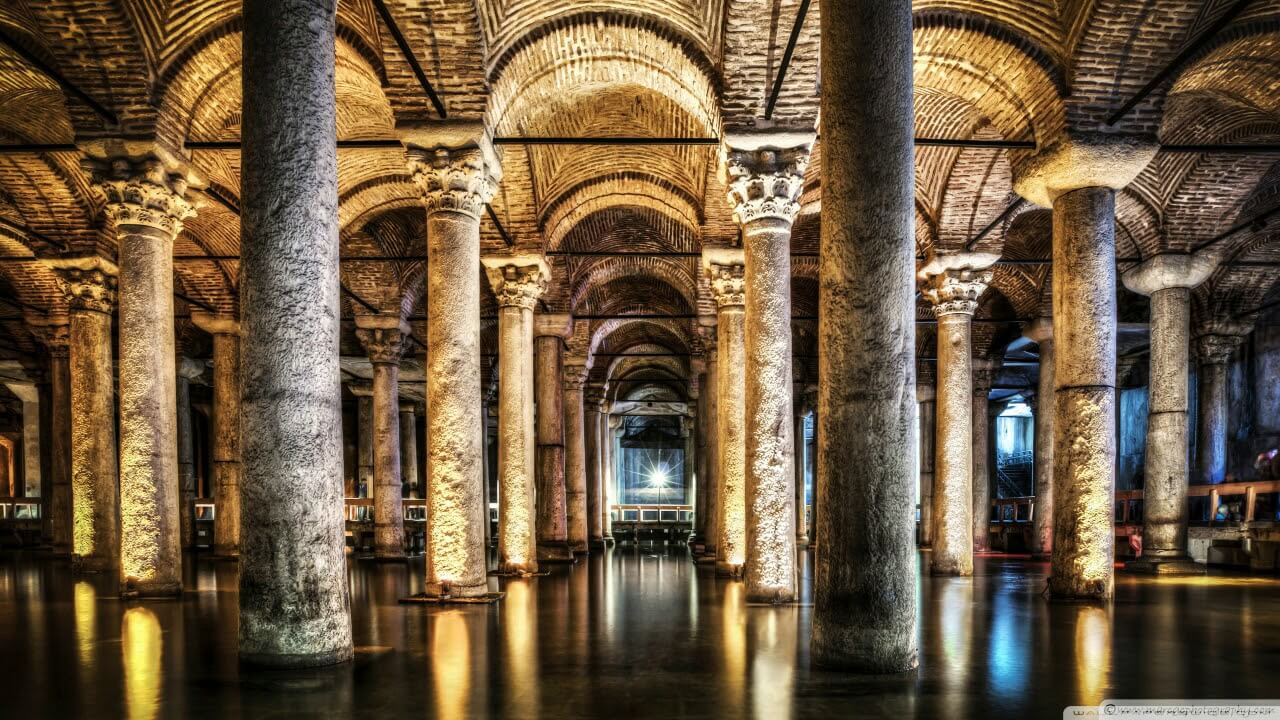
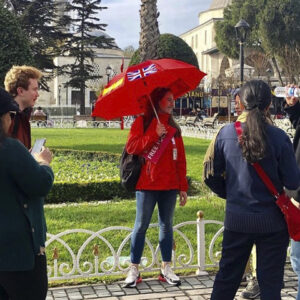


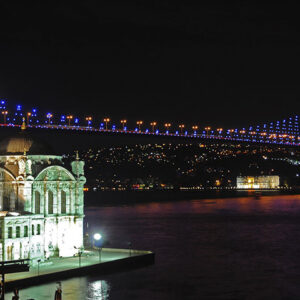

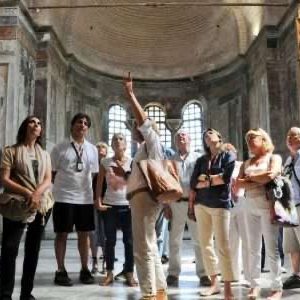



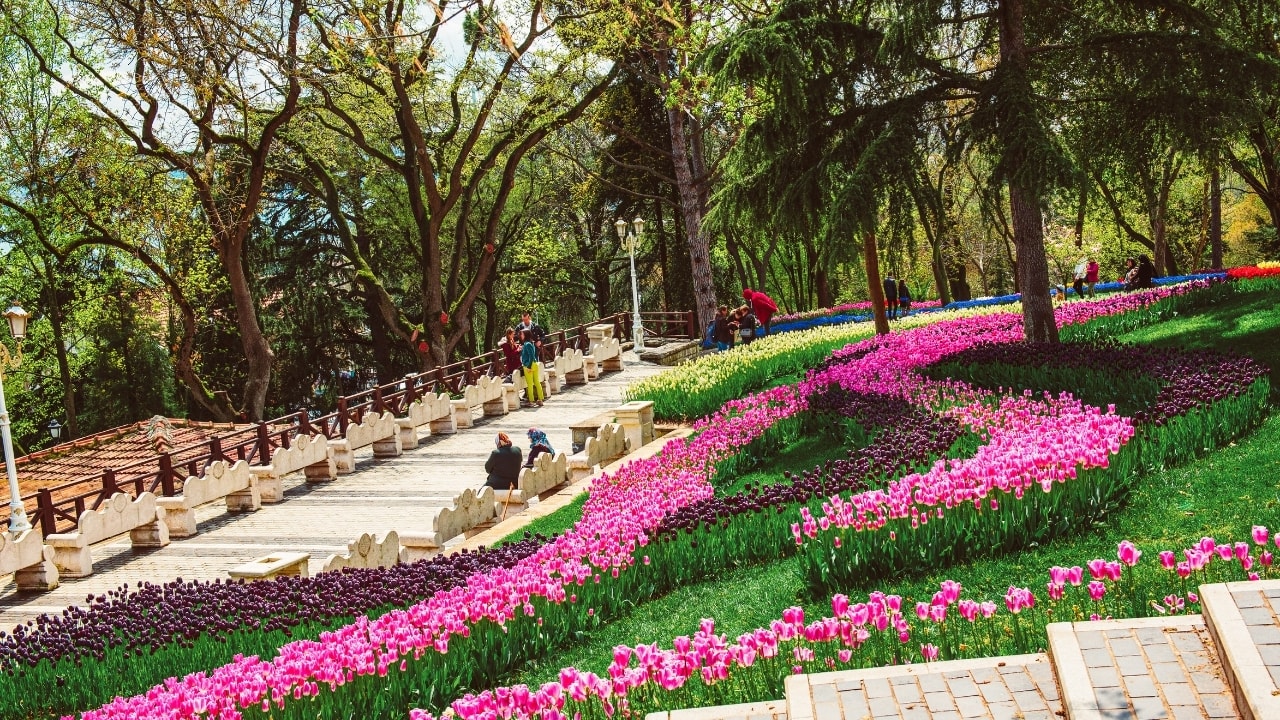

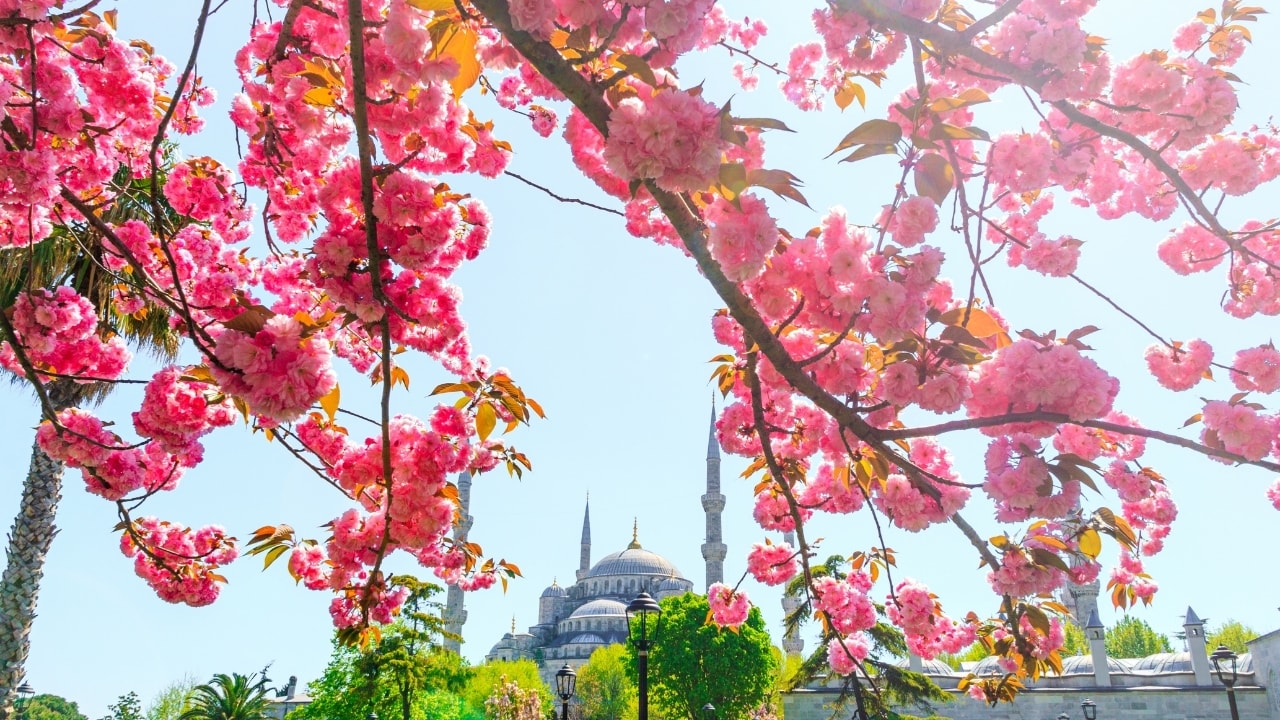
3 thoughts on “Basilica Cistern”
★★★★★
Discovering ‘Basilica Cistern’ was one of the highlights of my trip. Don’t miss out on this gem!
★★★★★
Visiting ‘Basilica Cistern’ was an extraordinary experience, offering insights and enjoyment like no other. Highly recommended!
★★★★★
Highly recommend visiting ‘Basilica Cistern’—a site rich with history and unparalleled beauty.